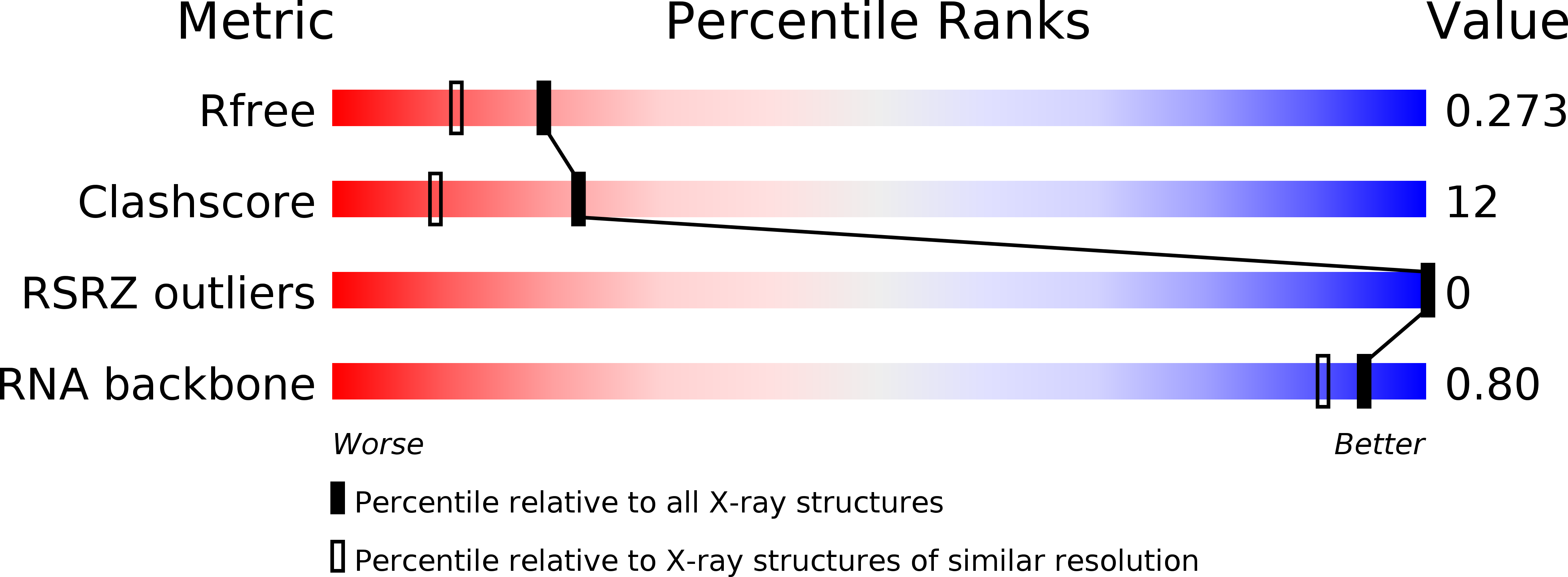
Deposition Date
2000-10-20
Release Date
2000-12-06
Last Version Date
2024-04-03
Entry Detail
Biological Source:
Source Organism:
Method Details:
Experimental Method:
Resolution:
1.97 Å
R-Value Free:
0.26
R-Value Work:
0.21
Space Group:
P 61 2 2


